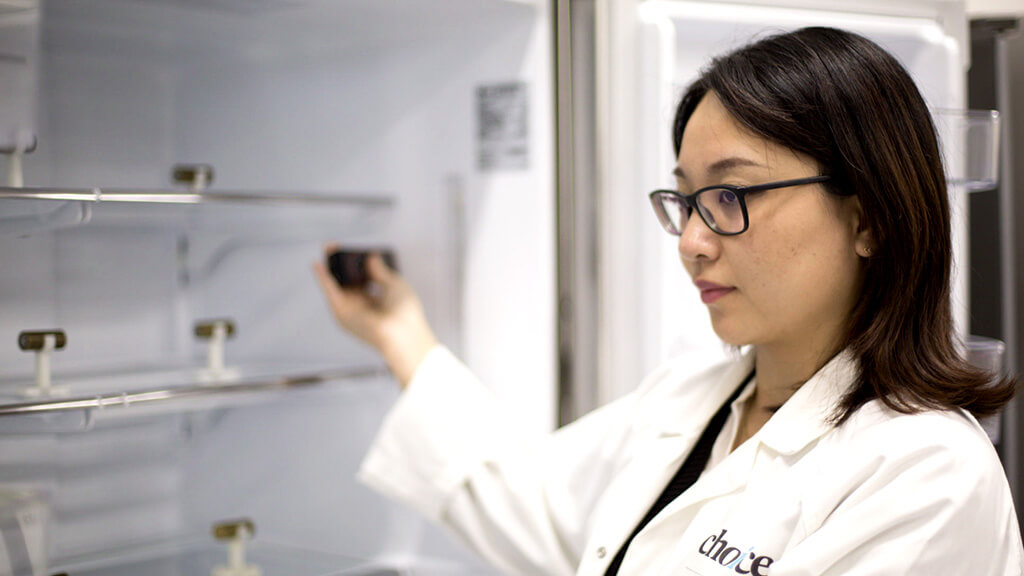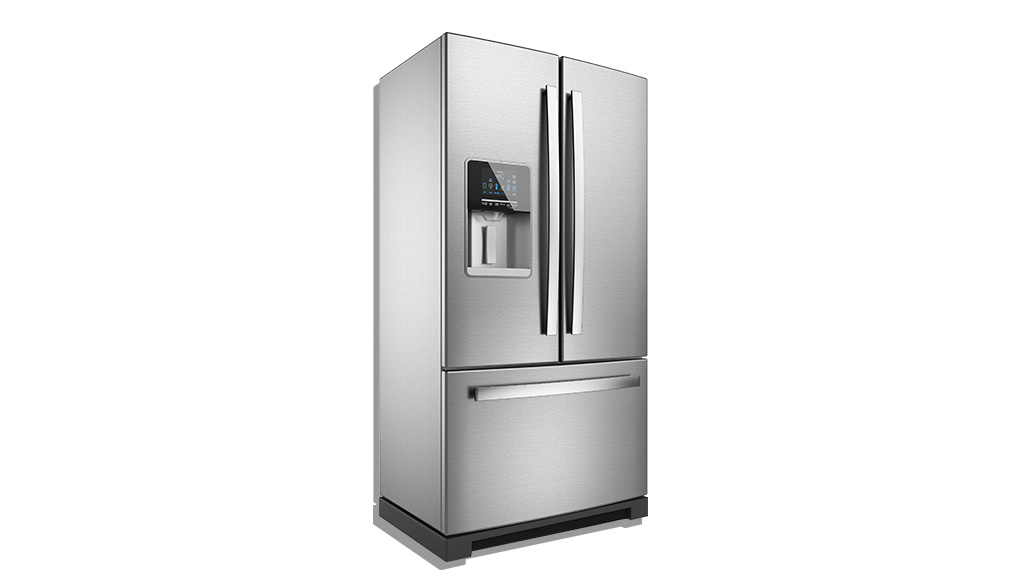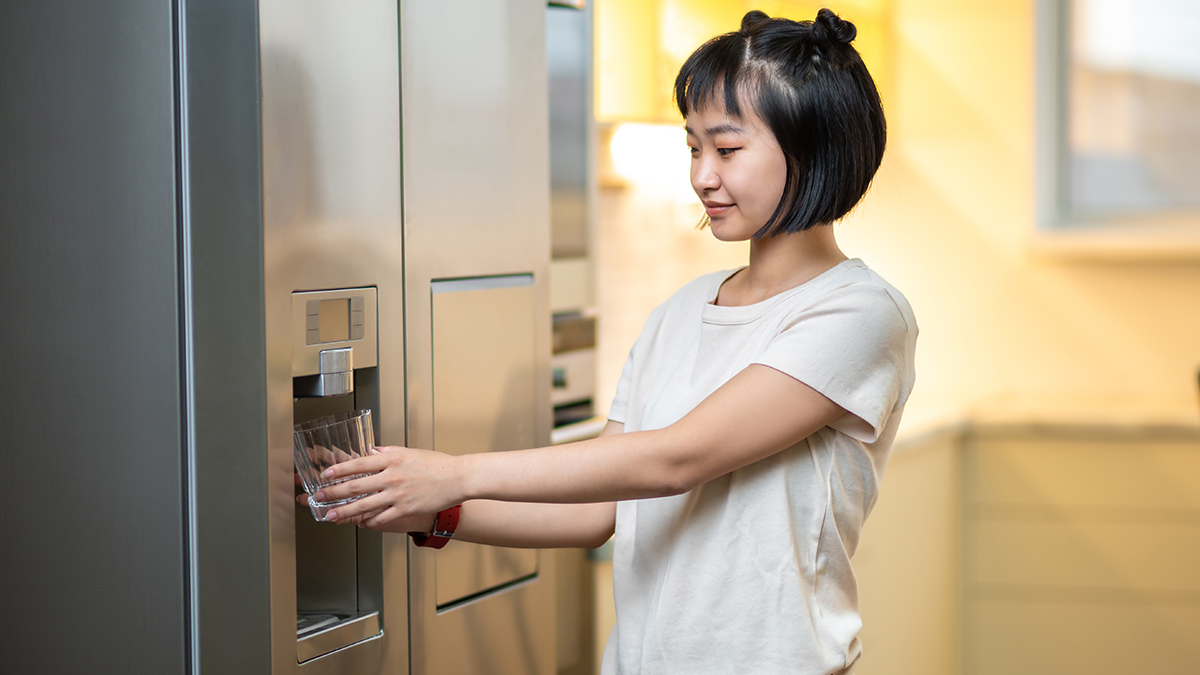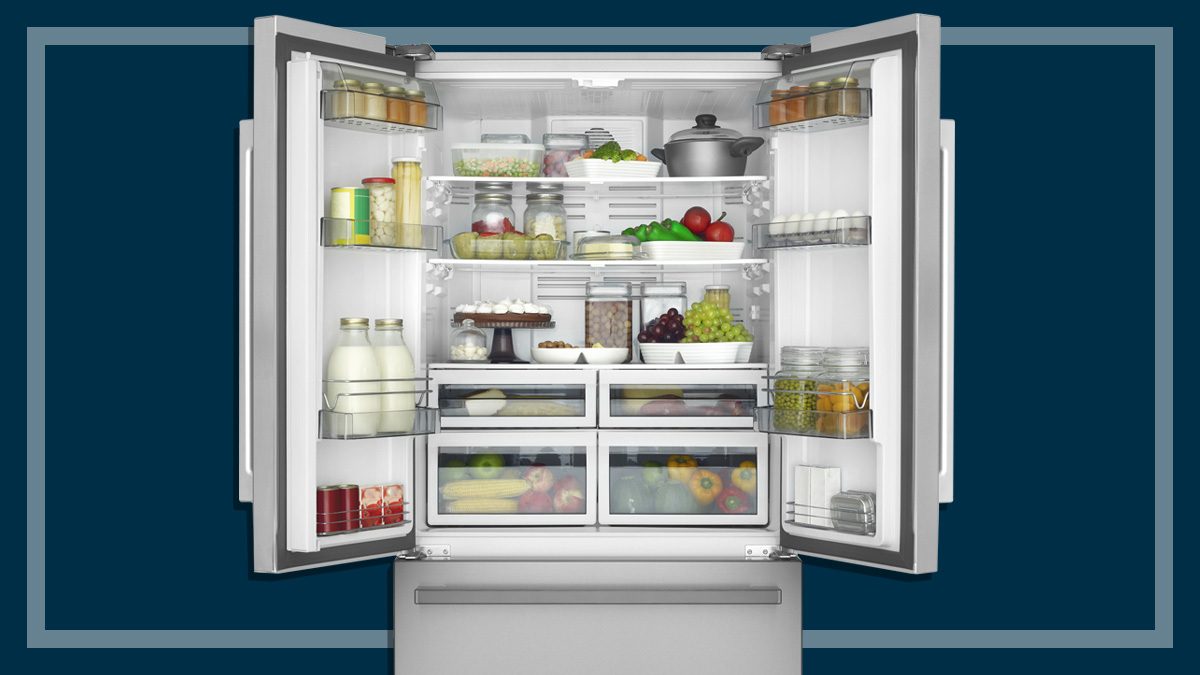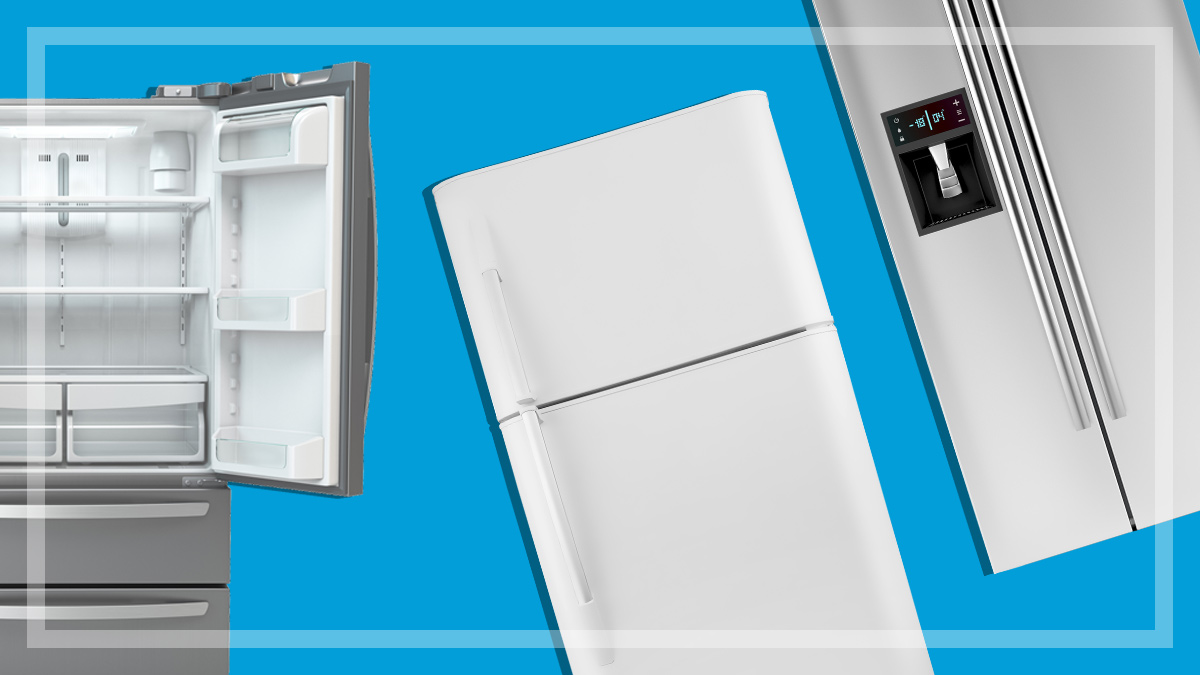How we test fridges
Our rigorous testing means you can be confident you're making the right decision in the showroom. Here's how we do it.
Last updated: 5 Mar 2024
We test over 50 fridges a year, putting them through a rigorous routine to make sure that they do well in every aspect of their performance.
On this page:
When you start to look closely at fridges, they really are about keeping us safe from food poisoning. And when your fridge doesn’t work well, it means you can’t trust the quality of your food. Our fridges test is a long one, but its main aim is safety, so it’s worth putting in the time to get it right.
Our expert testers
With experience not only testing fridges in our thermal laboratory but designing fridges all around the world, we’re proud of our expert testers. They’ve seen all types of features and fridges come through the labs, but one thing never changes – a refrigerator needs to keep your food cold and safe!
We test many elements of a fridge, but our focus on these basics means that when it’s time to buy, you can be sure the fridge you bring home does its job well.
On top of this, many of our testers sit on Standards committees, both national and international, so we keep up to date with how labs and manufacturers are changing the standards and give consumers a voice in this forum, where sometimes only government and industry are represented.
How we choose which fridges to test
Why do we choose one fridge over another to test? There are a number of reasons, but our priority is to test what you’ll see in stores. That means we might not cover that one brand that has one model that’s sold 100 samples in Australia, and instead focus on major brands and popular models.
That means when you’re considering whether or not to buy a particular fridge, there’s a really good chance we’ve tested it, and can tell you how it performs.
How do we know what’s in retailers? We check current market figures to see what’s selling well – typically this means Westinghouse, Fisher & Paykel, Haier, Mitsubishi Electric, Electrolux, Hisense, Samsung and LG. We’ll also include models that you’ve requested – if a lot of members want it, we’re going to test it.
Once we’ve decided which fridges to test, our team of professional buyers purchase them anonymously at retail, just as you would. As a rule, we don’t accept ‘loan’ fridges from manufacturers for our testing, which means we get the same fridge as any other consumer, not one that may have been ‘tweaked’ for better performance. It also means our test results will mirror what you’ll experience in your own kitchen.
How often we test fridges
Fridges is one of the longest tests at CHOICE. For a device with such a simple purpose – just keeping things cold – assessing how good or bad a fridge is at doing so takes a long time (typically around eight weeks, or longer for particularly tricky examples). Fridge testing is a rolling test, however, and as soon as one test finishes, we’re starting the next batch of fridges. That means we conduct around six fridge tests each year, with up to 10 fridges in each test.
We’re always looking for ways to improve testing and undertake surveys of our members to find out what’s important to them on a regular basis. Unsurprisingly, most people just want to know whether a fridge will keep their food safe, followed by “Will it fit in the fridge-shaped hole in my kitchen?”.
How CHOICE tests fridges
Setting up fridges for testing is a long and arduous process. We measure the temperature inside each fridge with several calibrated Platinum Resistance Thermometers (PRTs) positioned in various locations specified by the Australian Standard for fridges (AS/NZS 4474:2018), so we can measure temperatures in each compartment and shelf. This gives us a complete picture of exactly what’s happening throughout the entire fridge, not just a single point.
For the test itself, we put each of the fridges into a large thermal room so we can set the temperature as low as 5°C, or as high as 45°C if we need to, as well as control the humidity. The thermal rooms are sealed and the fridges run for several weeks to test a variety of elements that you tell us are important to you.
To ensure consistency and results that are readily comparable from test to test, we follow a strict test method which is based on the Australian Standard, with additional tests that aren’t part of the standard but are designed to measure aspects of fridge performance related to keeping food fresh for longer.
Energy efficiency testing explained
Because your fridge is always running, its energy consumption has a huge impact on your electricity bill. Luckily we have the energy star ratings to guide us, but occasionally we find fridges that use way more energy than they claim on the sticker, and the average consumer has no way of knowing whether the claim is accurate, or whether their fridge is costing hundreds of dollars a year more to run than it should be. That’s why measuring energy consumption is such an important part of our fridge test.
We test manufacturers’ energy usage claims to the Australia Standard, which means setting the fridge temperature to 3°C and the freezer to -18°C, then measuring the energy used when the ambient temperature is 32°C, and again when it’s 16°C.
If a fridge uses significantly more energy than it claims on the label (we include a small margin of error to account for uncertainties), or if it is unable to reach the target temperatures for the test, then we consider it to have failed its energy test. Where a fridge fails its energy test, we won’t recommend it, regardless of its performance.
10-year running costs
This shows the maximum amount your fridge should cost you to run over an approximate 10-year lifespan, based on the claimed energy usage on the star rating label, and an electricity cost of 40 cents per kilowatt hour (though real-world costs may be lower, as in the real world fridges may use less energy than they claim on the sticker). Why 40 cents? We routinely survey energy retailers for their average prices to get a national average.
How we score fridges
The CHOICE Expert Rating, our overall score that determines which products we recommend, consists of:
- temperature stability score (30%)
- heat load processing score or temperature range score (25%)
- response to outside temperature change score (20%)
- temperature evenness score (20%)
- default setting score (5%).
Temperature stability score (30%)
We assess the amount the temperatures fluctuate as the compressor stops and starts (this is because even temperature is an important factor in maintaining food quality). The higher the score, the less the temperature swing.
Heat load processing score or temperature range score (25%)
We measure how efficiently your fridge is able to cool a room temperature load to safe temperatures in a 32°C room. The higher the score, the more ‘grunt’ your fridge has and the better it can handle being stocked with food. This test replaced the temperature range test for fridges registered to the new (2018) version of the Australian Standard.
For those older fridges tested under the previous version of the standard, we check temperatures in the fresh food and freezer compartments at the same time. For example, can you set the freezer at the coldest setting for longer freezer storage while keeping the fresh food section at an optimum 3°C? The higher the score, the better the temperature management between the fridge and freezer compartments.
Response to outside temperature change score (20%)
We measure the effect of external ambient temperature changes on the fridge and freezer temperatures, such as from summer to winter. The higher the score, the more stable the fridge temperature is maintained. A low score means you may need to adjust the settings of the fridge when the outside temperature changes.
Temperature evenness score (20%)
We measure how uniform the temperature is throughout each compartment. The higher the score, the more uniform the temperature is from shelf to shelf. A low score means there will be warmer and cooler sections inside the fridge.
Default setting score (5%)
Many readers tell us they only change the temperature setting once, so we assess the temperatures on this setting. If no recommendation is given, we assess the factory or mid-setting. A poor score for this means you should use a fridge/freezer thermometer to get optimum temperatures (3°C in the fresh food compartment and -18°C in the freezer) – but we recommend you do this for any fridge.
Keep food fresh longer score
Not all fridges are created equal when it comes to keeping your food fresh and safe to eat. This food safety score is made up of three elements of our testing which affect how well a fridge will keep your food:
- temperature stability (40%)
- temperature evenness (30%)
- response to outside temperature (30%).
While this score does not form part of the CHOICE Expert Rating, we don’t recommend any fridge with a keep food fresh longer score below 55%.
Our test lab
We maintain a NATA-accredited thermal lab that’s temperature and humidity controlled, and calibrated measurement tools that log thousands of points of data for every test, so that we can bring you results you can count on.
Related
Ashley worked at CHOICE from 2017–2024. He was Head of the whitegoods team.
You can find Ashley on LinkedIn.
Ashley worked at CHOICE from 2017–2024. He was Head of the whitegoods team.
You can find Ashley on LinkedIn.

